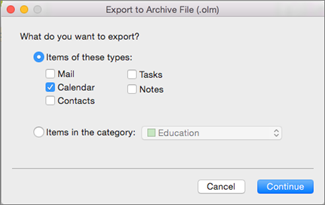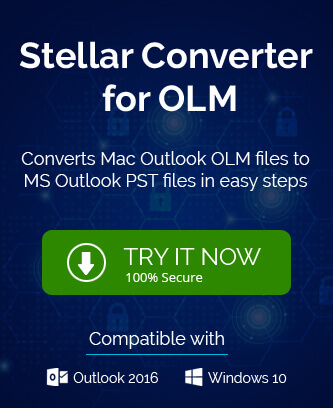
- OUTLOOK FOR MAC SEARCH ALL FOLDERS BY DEFAULT 2011 MAC DEFAULT HOW TO
- OUTLOOK FOR MAC SEARCH ALL FOLDERS BY DEFAULT 2011 MAC DEFAULT WINDOWS
This view is specific to the folder and changes made to the view in other folders will not affect this folder. Selecting resets just the view in the current folder and creates a "one-off view" – a folder-specific view of the same name as the master view, but its not the exact same view as used by other folders. When you reset the view by selecting the name the view is reset on every folder that uses that view. You can use this menu to make new views, delete views or reset any view. What is the difference between Define Views and Customize views?ĭefine views brings up the view selector, so you can see all views associated with the folder. When using the Define Views dialog, select the view by name to reset it on all folders that use that name or choose to reset it on the current folder only. With the Customize View dialog, hit Reset button to reset the view on this folder only. Once you open the customize or define views dialog, click on the Reset button to reset the view. If the Advanced toolbar is not visible, go to View, Toolbars, and select it.

The second method is less intrusive – it just resets the view on a specific folder or class of folders.
OUTLOOK FOR MAC SEARCH ALL FOLDERS BY DEFAULT 2011 MAC DEFAULT WINDOWS
Go to Start menu > Run (or Windows key + R) and type Outlook.exe /cleanviews then click OK. The /cleanviews switch will wipe out all custom views and return all default views to "factory default". If you aren't using custom views, you can use the /cleanviews switch without worry.

Sometimes its necessary, but sometimes just resetting the view for the current folder will work.

When you open Outlook using the /cleanviews switch you will wipe out all custom views and return all default views to "factory default". Reset All Views in All Foldersįirst, you can reset the views for the entire mailbox. Outlook 2010 and up: look on the views ribbon for the Reset Views button to rest a single view or use the /cleanviews switch to reset all views.

OUTLOOK FOR MAC SEARCH ALL FOLDERS BY DEFAULT 2011 MAC DEFAULT HOW TO
Many times users are told to "reset the view" to fix problems with the display in Outlook but they don't know how to do this.


 0 kommentar(er)
0 kommentar(er)
